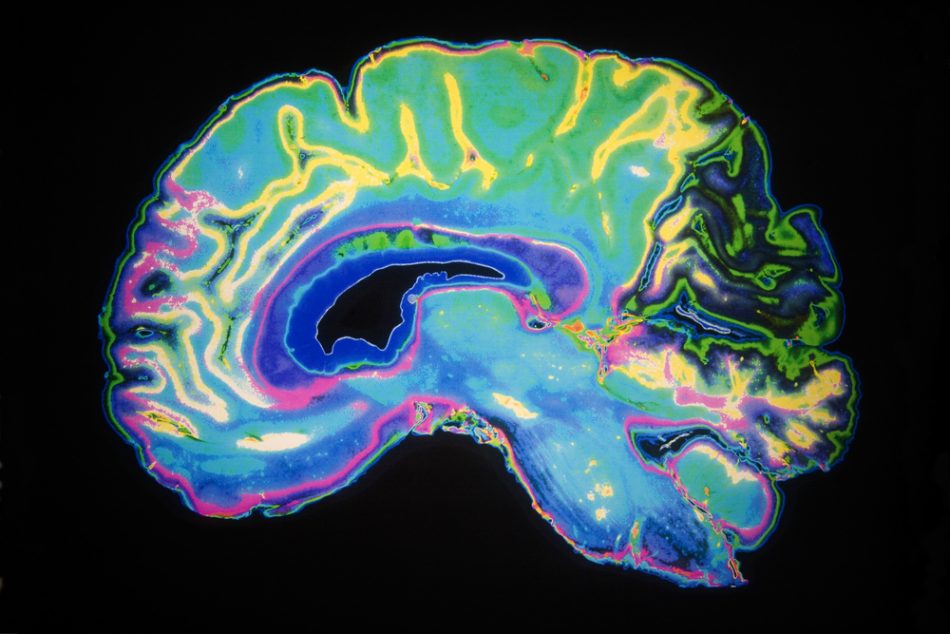Many advances have been made in diagnosing, understanding, preventing, and treating Alzheimer’s disease over the past 100 years. Some of these include a nasal spray that could help prevent the disease and the discovery that our gut diversity plays a role in the risk of the condition.
Doctors currently use a range of tests to diagnose Alzheimer’s disease, including memory and cognition tests. Although thorough, this multi-pronged approach can take several weeks to arrange and process, taking up the valuable time of both the doctors and patients involved.
Scientists from Imperial College London have invented a novel, accessible method that diagnoses the disease in just one brain scan, upgrading current lengthy techniques. Being able to accurately diagnose people quickly, accurately, and easily is important as it allows them to receive help and support as soon as possible. Plus, it aids researchers in understanding Alzheimer’s disease, helping speed up the development of more sophisticated treatments.
The technique can be carried out on a standard MRI machine which is commonly found in most hospitals. Using an AI algorithm – trained with brain scans of over 400 patients at many stages of Alzheimer’s disease progression – the patient’s MRI image can be evaluated and diagnosed with 98 percent accuracy. The program is also able to distinguish between early and late-stage Alzheimer’s with 79 percent accuracy.
“Currently no other simple and widely available methods can predict Alzheimer’s disease with this level of accuracy, so our research is an important step forward. Many patients who present with Alzheimer’s at memory clinics do also have other neurological conditions, but even within this group our system could pick out those patients who had Alzheimer’s from those who did not,” explains lead researcher Eric Aboagye.
They continue: “Waiting for a diagnosis can be a horrible experience for patients and their families. If we could cut down the amount of time they have to wait, make diagnosis a simpler process, and reduce some of the uncertainty, that would help a great deal. Our new approach could also identify early-stage patients for clinical trials of new drug treatments or lifestyle changes, which is currently very hard to do.”
Using this system, new areas associated with the disease have also been identified including the cerebellum (involved in coordination and regulation of physical activity) and the ventral diencephalon (linked to the senses, sight, and hearing). So as well as contributing to a more efficient diagnosis tool, the discovery also opens up a whole new potential target for research and treatment.
Source study: Communications Medicine – A predictive model using the mesoscopic architecture of the living brain to detect Alzheimer’s disease
This story was part of our Best of 2022 series highlighting our top solutions from the year. Today we’re featuring solutions in science and technology.












